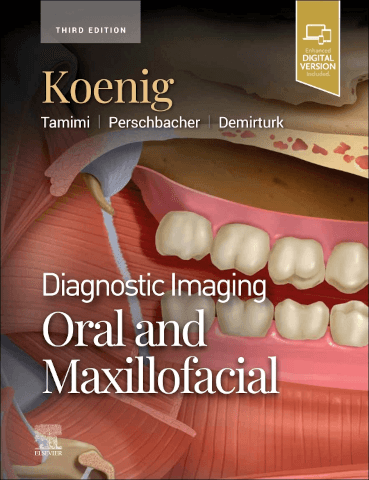
Practical Radiotherapy Planning, fifth edition
Description
This new edition of an established classic takes into account advances in imaging and treatment delivery and reflects the current state of the art in the practice of radiotherapy, emphasising the underlying principles of treatment that can be applied for conventional, conformal, and novel treatments.
Additional information
|
Author(s):
Morris, Roques, Ahmad and Loo | Morris, Roques, Ahmad and Loo |
|
ISBN:
978-1-138-04597-2 | 978-1-138-04597-2 |
|
Publisher:
CRC Press, Taylor and Francis | CRC Press, Taylor and Francis |
|
Reviewed by:
Helen White, therapeutic radiographer and associate professor, Birmingham City University | Helen White, therapeutic radiographer and associate professor, Birmingham City University |
Publisher price: £52.99
If, like me, you have been eagerly awaiting the updated edition of Practical Radiotherapy Planning, this fifth edition (15 years after the last), is everything we expect, hope and need – and more. This edition states its aim is to provide a ‘clear description of modern radiotherapy treatment… backed by high quality evidence’. The authors have certainly achieved that.
It includes everything you would expect it to; for example volumetric modulated arc therapy (VMAT), stereotactic ablative radiotherapy, tumour motion, the role of protons and reflecting the increased use of MR imaging. The usefulness in representing the range of treatment options from complex intensity modulated radiotherapy/VMAT and alongside inclusion of conventional and conformal techniques with the impact in relation to dose variation across the planning target volume is really beneficial. The use of clear colour images to support this is helpful.
Referring to radiotherapy and combination treatments, this text continues to reference the full management of the patient, with specific detail on where and when radiotherapy fits as part of the sequence of patient management. It also includes a section at the end of each chapter with the most current trials, reference to those that are ongoing, as well as further references. My only very minor comment is that use of the professional protected title within the UK of therapeutic radiographer would have been appreciated.
What I love about this book is the way the authors translate complicated ideas into understandable language. Those in the pre-registration setting will therefore find it as easily readable as those who might be more advanced in their knowledge and understanding of radiotherapy planning techniques. It is perfect as a teaching aid, or for those who wish to update their wider technological appreciation to incorporate a wider, multicentred overview of radiotherapy planning techniques that are available.
Nothing I say about this text will be a surprise. Since Dobbs, Barret and Ash – my personal initial edition of this textbook (showing my ‘experience’) – its reputation has been high. This latest edition covers everything those in radiotherapy need to know. From a teaching perspective it is an excellent resource because it is all encompassing and so readable. Everyone should have access to this text; it should be on every reference list and in every library.
If you work in or around radiotherapy, or just want to know more about how radiotherapy works, you need to read this book.
To purchase this title at our discounted rate email: katherine@radmagazine.com.



